- Army
- Air Defense Systems
- Anti-tank systems and vehicles
- Armored Vehicles
- Armoured personnel carriers
- Artillery Vehicles and Weapons
- Command Post
- Communication Vehicles and Systems
- Electronic Warfare
- Engineer | Maintenance Vehicles
- Infantry Fighting Vehicles
- Main Battle Tanks
- Missiles
- Tactical and Logistic Vehicles
- Radars
- Unmanned Systems
- Weapons
- Navy
- Air
Zoopark-1 1L219
Zoopark-1 1L-219
Artillery counter-battery radar system based on tracked or wheeled armored vehicle - Russia
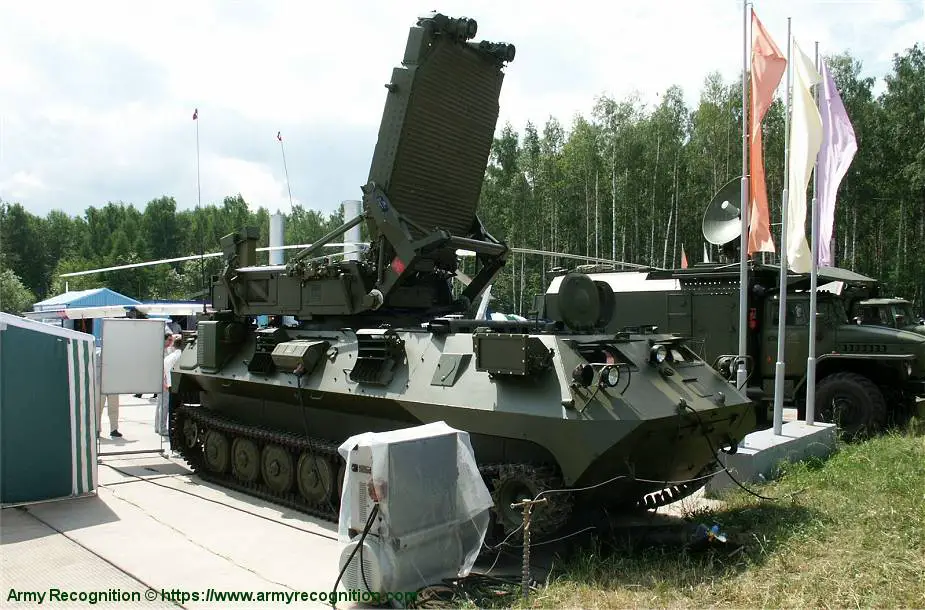
Description
The 1L219 also nicknamed Zoopark-1 is a Russian artillery counter-battery radar system, designed to detect and track enemy artillery and rocket launchers. The system was developed by the Russian company NNIIRT, a subsidiary of the Almaz-Antey Concern, in the 1980s and has been in service with the Russian Armed Forces since the 1990s. The primary purpose of the Zoopark-1 radar is to locate hostile artillery and rocket positions by detecting and tracking projectiles in flight, as well as to provide targeting information for friendly counter-battery fire. It can also be used for general reconnaissance and surveillance tasks, and to assess the effectiveness of friendly artillery strikes.
Zoopark-1 1L219 variants:
The Zoopark-1 has undergone several upgrades and improvements over the years, enhancing its capabilities and performance. In recent years, Russia has also introduced the Zoopark-2 (1L260) and Zoopark-3 (1L271) systems, offering further improvements in detection and tracking capabilities, mobility, and resistance to jamming.
Technical Data
| Radar |
|
The Zoopark-1 1L-219 radar antenna array is the main component responsible for transmitting and receiving radio waves. The phased array antenna (PAA) is manufactured using a pressure casting method on an injection molding machine made of plastic. The PAA is designed as a modular construction. The modular design allowed for low labor intensity in manufacturing the PAA and, in conjunction with the use of standardized phase calculator cells for controlling phase shifters, simplicity in assembly, tuning, and repair of the PAA during operation. The phased array antenna scans the battlefield for enemy artillery fire, detecting the position and trajectory of projectiles. The Zoopark-1 counter-battery radar system features a phased array antenna, which does not require physical rotation like traditional rotating radar dishes. Instead, it employs electronic beam steering to scan large areas of the battlefield quickly and efficiently. The antenna is designed to be raised for operation and lowered for transport. When deployed, the antenna stands vertically, while in transport mode, it is stowed horizontally on the roof, minimizing the vehicle's height. The radar is able to detect mortar fire at a distance from 13 to 17 km, while the maximum detection range for artillery fire is 12 km and 22 km for MLRS (Multiple Launch Rocket System) rocket fire. It can simultaneously track up to 4 targets with an azimuth coverage from 40 to 60°. The Zoopark-1 is fully autonomous and requires only five minutes for setup.
|
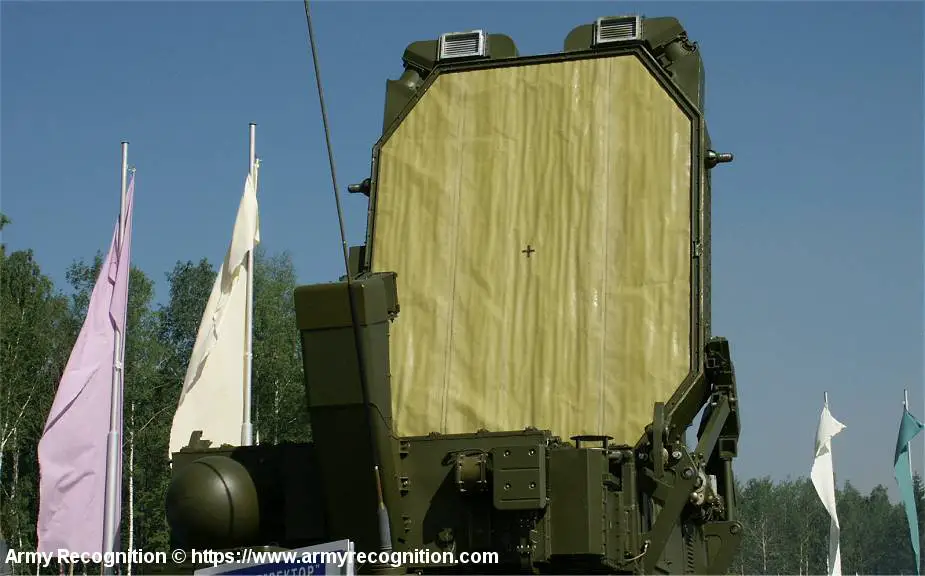 |
| Close view of the radar antenna array of the Zoopark-1 1L-219 |
| Design and protection |
|
The tracked version of the Zoopark-1 1L-219 counter-battery radar system is mounted on the MT-LB, a Soviet multi-purpose fully amphibious auxiliary armored tracked vehicle. The wheeled version of the Zoopark-1 is mounted on the BAZ-6909, a versatile 8x8 wheeled vehicle developed in Russia. The vehicle cabin houses the radar operator, data analyst, and driver. It is equipped with workstations, monitors, and communication equipment, enabling the crew to analyze radar data, determine the location of enemy artillery, and relay the information to friendly forces. The MT-LB vehicle features a welded steel hull, which offers protection against small arms fire and shell splinters. However, it is not designed to withstand direct hits from heavy weapons or artillery. The primary focus of the Zoopark-1 radar system is its mobility and ability to rapidly deploy and relocate, which helps increase survivability on the battlefield.
|
| Mobility |
| The tracked platform for the Zoopark-1 1L-219 counter-battery radar system is based on the MT-LB, a Soviet multipurpose, fully amphibious, auxiliary armored tracked vehicle. This platform provides the radar system with enhanced off-road mobility, enabling it to traverse various types of terrain, including difficult or rugged conditions. The vehicle features a boxy, low-profile hull with a crew compartment in the front, an engine compartment in the rear, and a spacious central area that accommodates the radar system's equipment. The vehicle is powered by a diesel engine, providing a top speed of around 60-65 km/h (37-40 mph) and a range of approximately 500 km (310 miles). |
| Combat Equipment |
| The Zoopark-1 1L-219 features a foldable phased array antenna mounted on the vehicle's roof. It can be raised for operation and lowered for transport, allowing for rapid deployment and increased survivability. The radar system is powered by an onboard generator, providing the necessary electricity to operate the radar, data processing, and communication equipment. It is also equipped with a stabilization and leveling system to ensure accurate radar operation, even on uneven terrain. Zoopark-1 is accompanied by a 1L30 maintenance vehicle and a trailer-mounted ED30-T230P-1RPM generator in the field. |
| Combat Use |
| The Zoopark-1 1L-219 counter-battery radar system is intended for combat use in detecting enemy artillery fire and providing targeting information for counter-fire missions. Its primary purpose is to locate the origin of incoming enemy fire and supply precise coordinates to friendly forces, enabling them to engage the enemy effectively. By employing a phased array antenna, the Zoopark-1 scans the battlefield for enemy artillery, mortars, and rocket fire, determining the position and trajectory of projectiles. The radar system's mobility, either on a wheeled or tracked platform, allows it to be deployed quickly and efficiently in various terrains, making it a valuable asset in combat situations. The radar is capable of detecting mortar fire at a distance of up to 20 km, allowing friendly forces to locate and counter enemy mortar positions. It can also detect artillery fire with a maximum range of 30 km, providing valuable information about the location of enemy artillery units and enabling counter-fire missions as well as rocket fire at a distance of up to 50 km, helping to identify and target enemy rocket launchers or multiple rocket launch systems. |
Specifications
| Type | Radar |
| Counter-Battery Radar | three-coordinate monopulse with phased array antenna, operating under the control of digital computing systems "Saiver-2" and "Electronika-81B" |
| Country users | Weight Vehicle |
| Russia | 16,095 kg |
| Designer Country | Speed |
| Russia | 60 km/h |
| Combat Equipment | Range |
| NBC protection system, night vision, power supply generator, Survey and navigation equipment | 500 km |
| Crew | Dimensions |
| 3 soldiers | Length: 6.45 m; Width: 2.86 m; Height: 1.86 m |
Details View
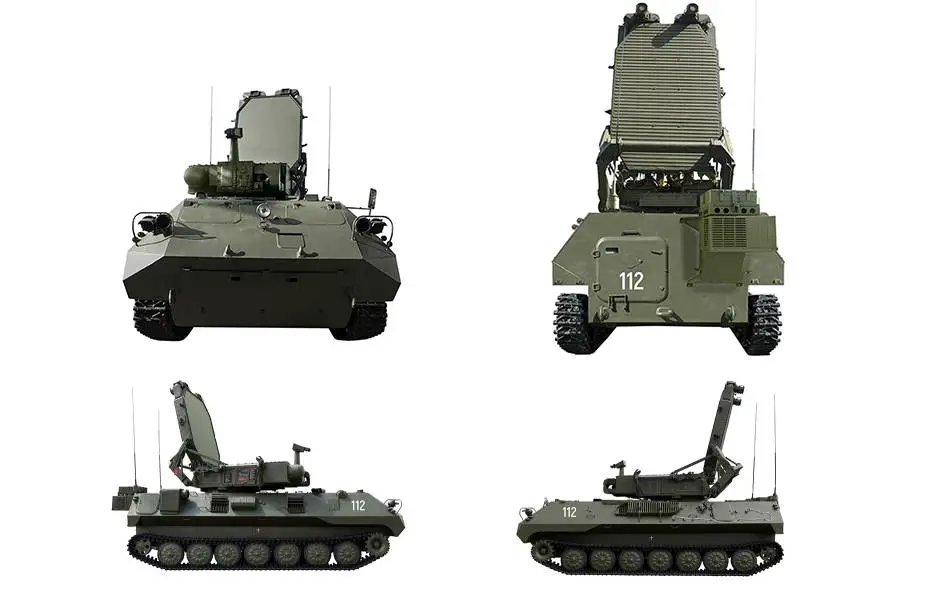 |
|
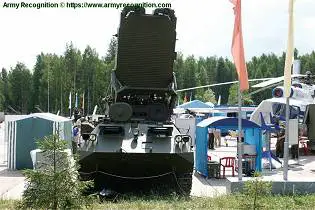 |
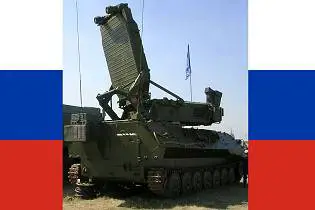 |
 |
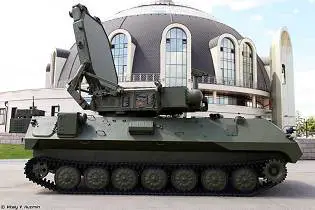 |
Pictures - Video



























